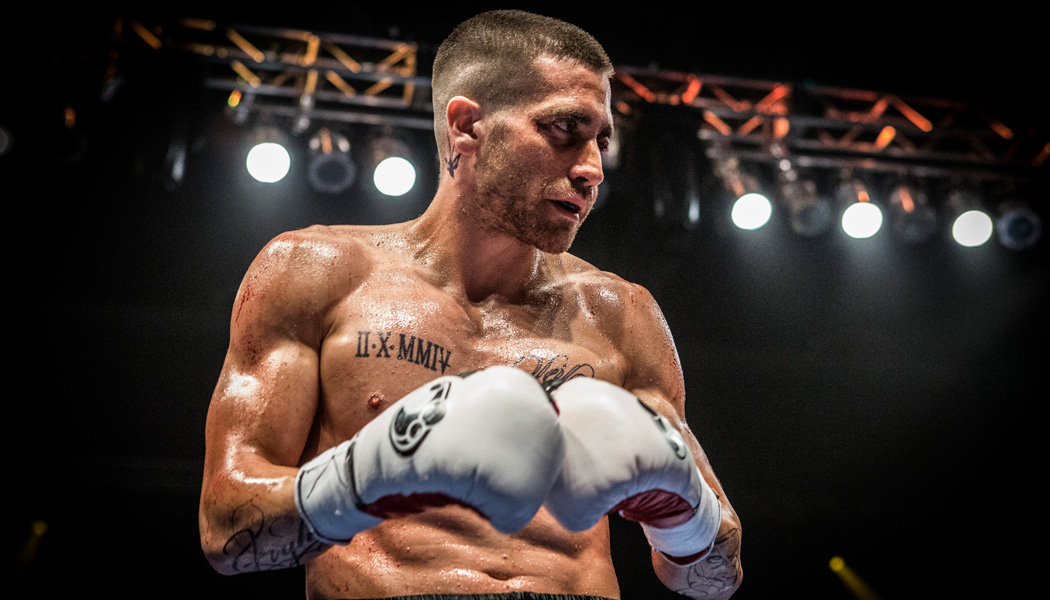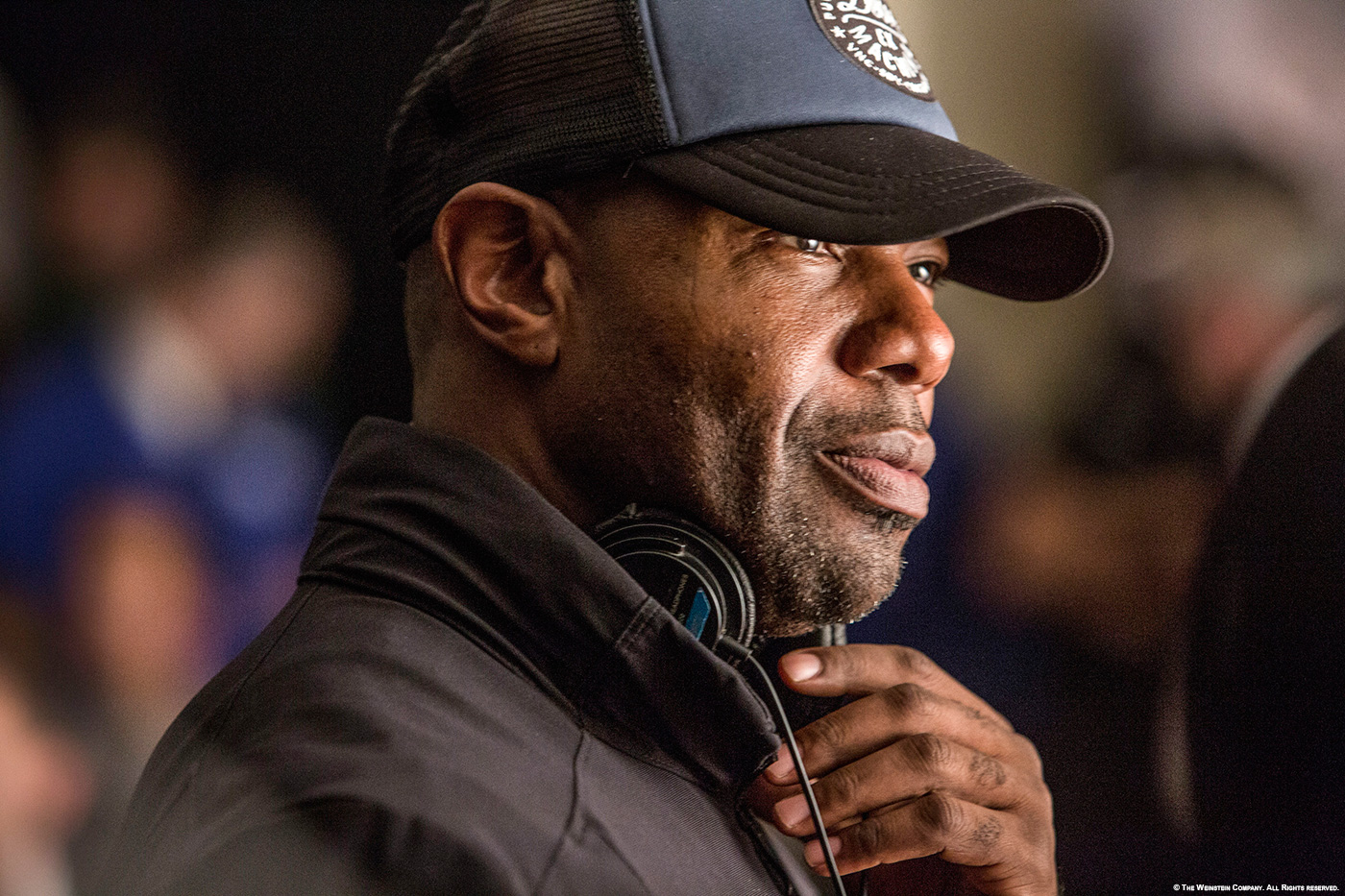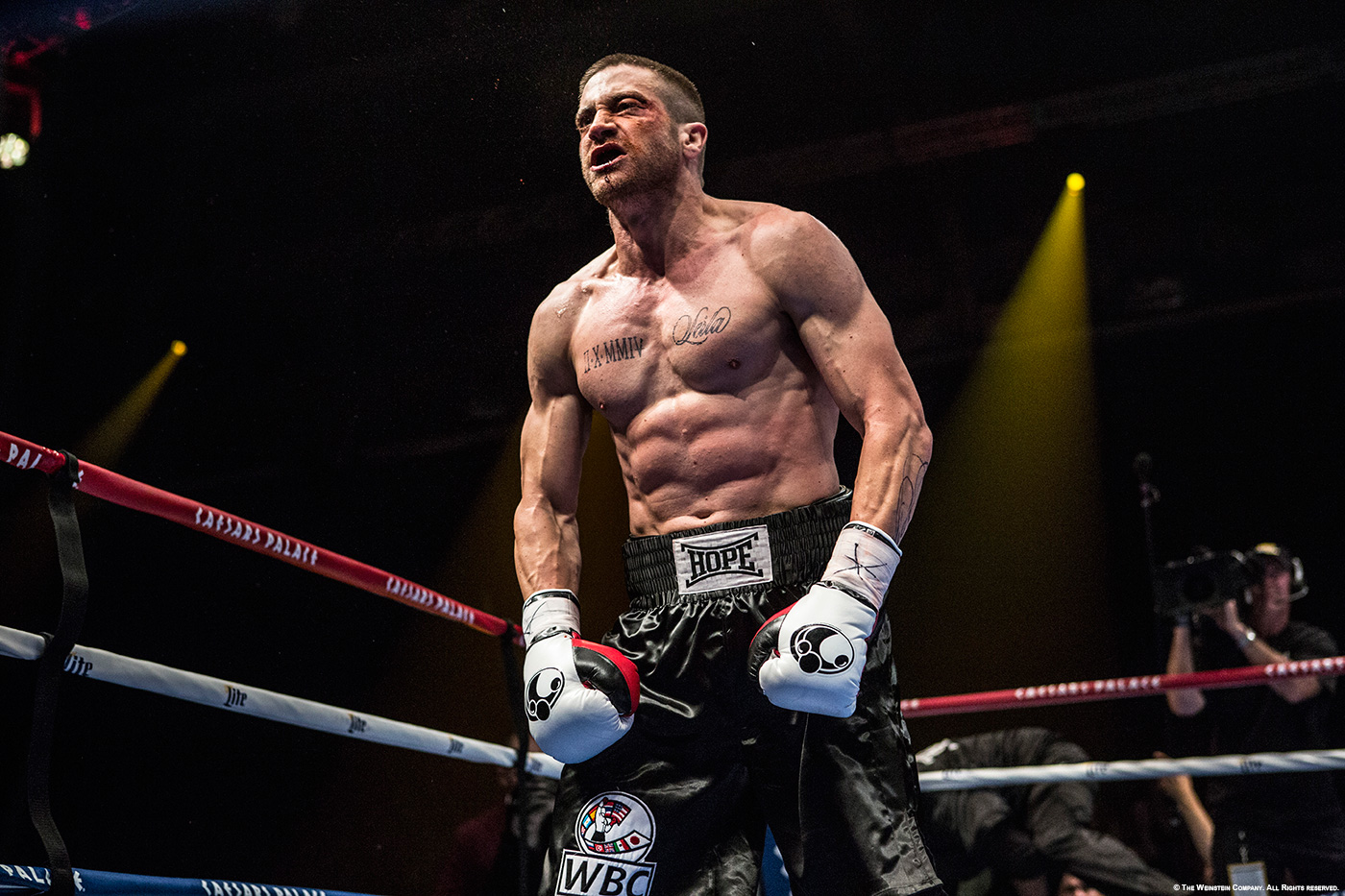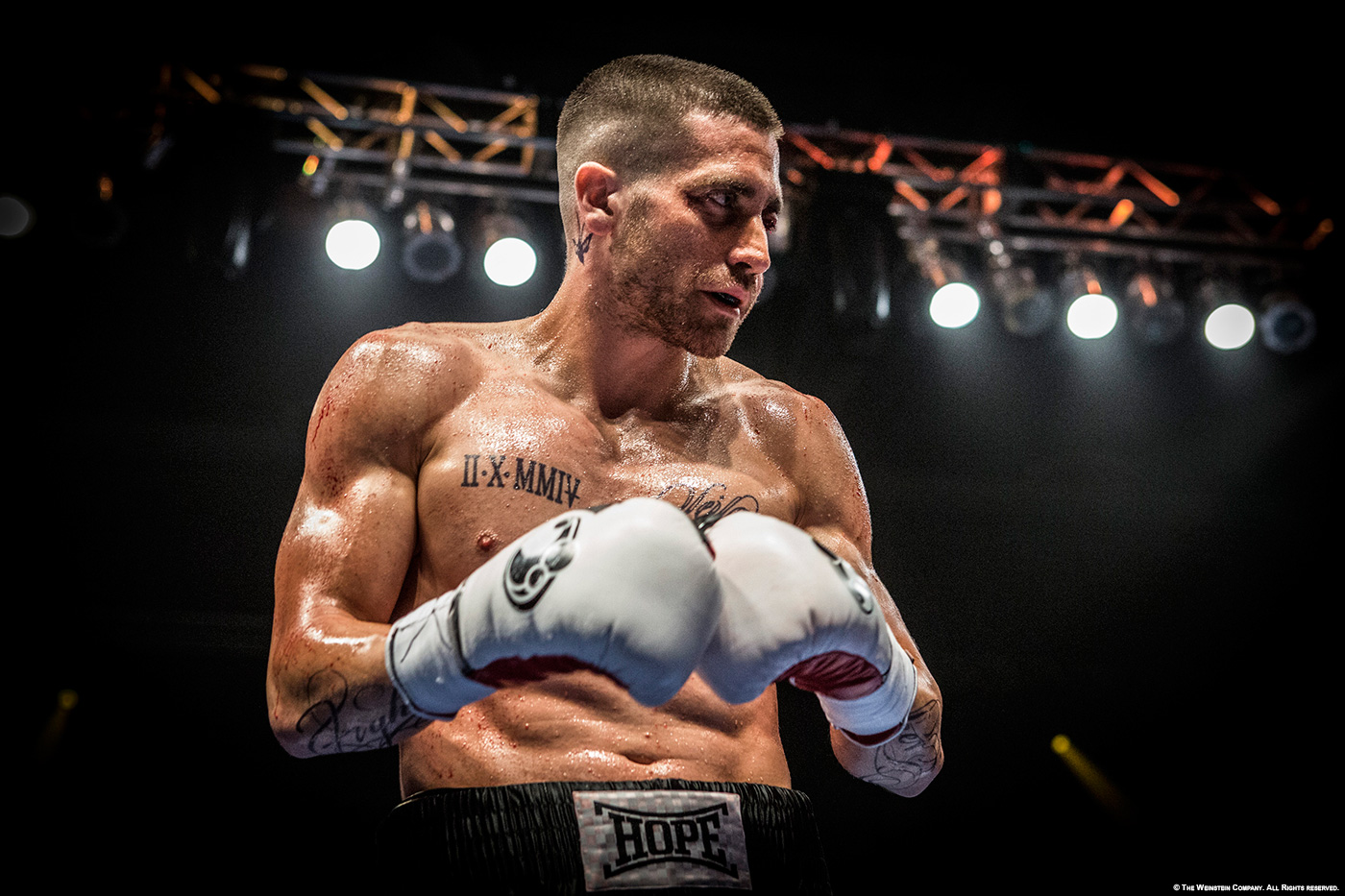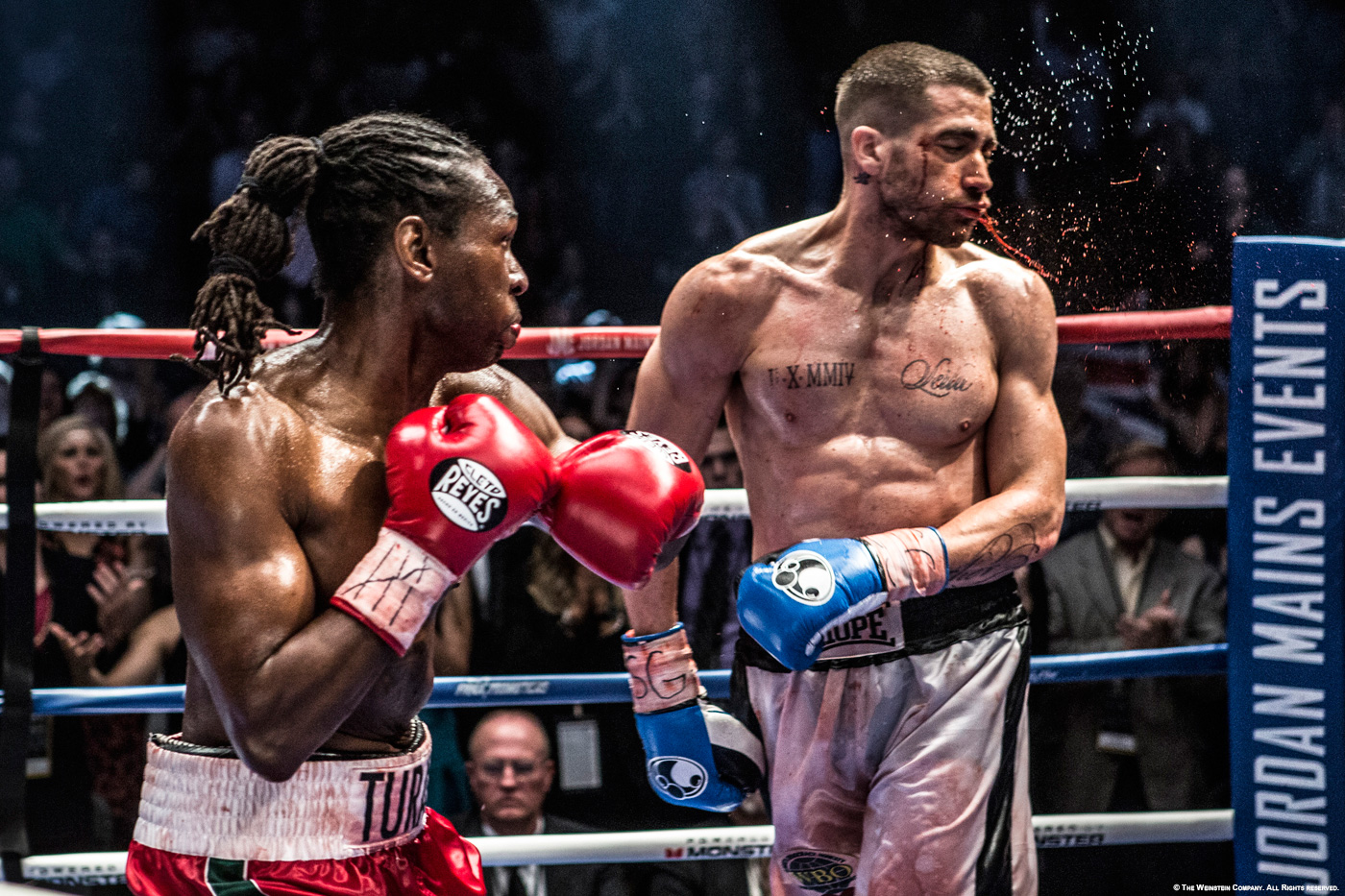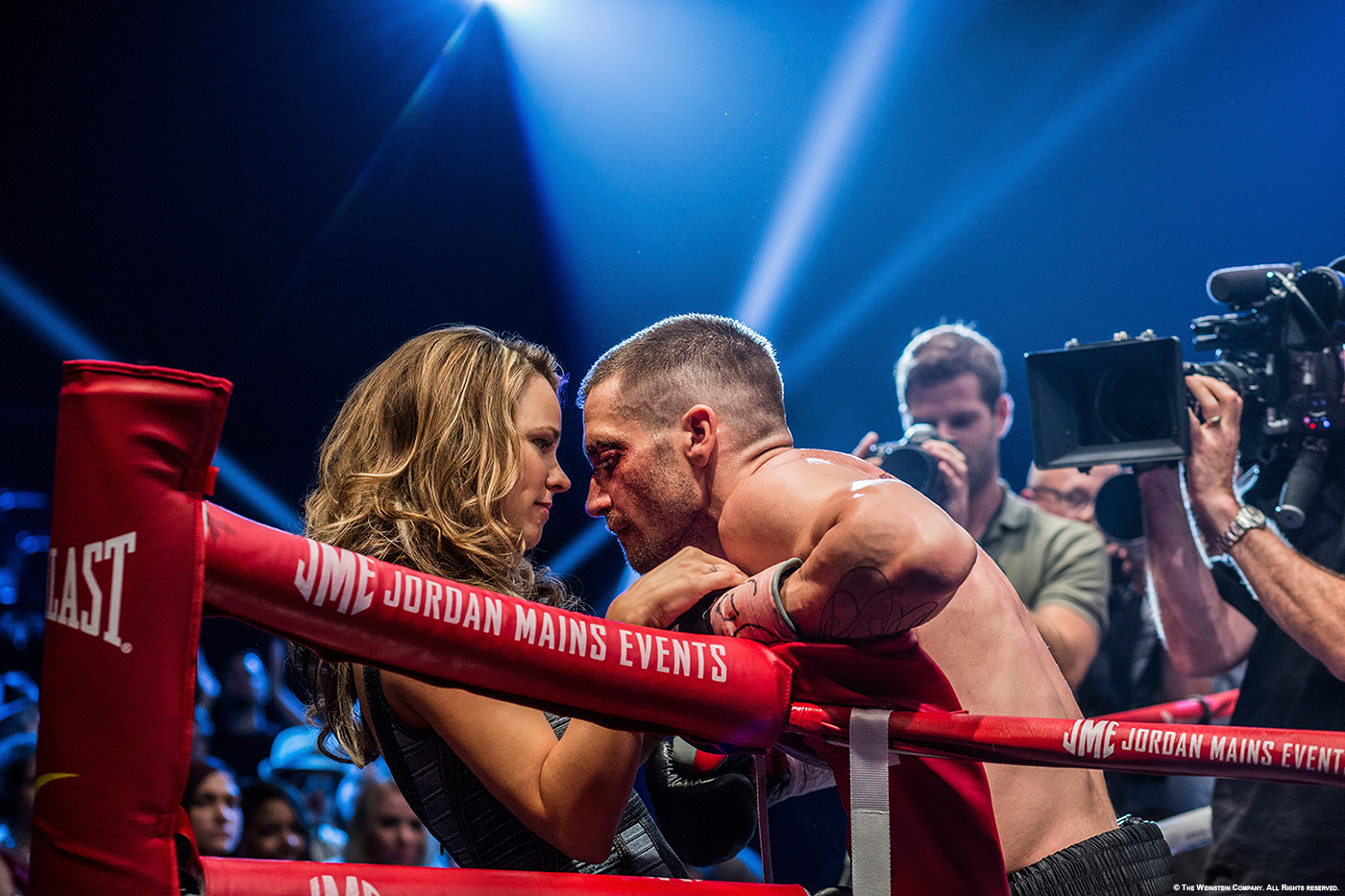In 2012, Lara Lom talked to us about the MPC work on SKYFALL. After that she worked on films such as 300: RISE OF AN EMPIRE and then on ROBOCOP and GUARDIANS OF THE GALAXY at Framestore. She then joined Zero VFX in Boston.
How did you get involved on this show?
I came to Zero to work on SOUTHPAW. I was drawn by the substantial use of visual effects in what first struck me as a movie that would require minimal use of it. I think most people are surprised to learn that we delivered over 500 visual effects shots for this film. Not only did we create 3D stadium environments, but we also substantially re-animated and re-timed actor performances for the majority of the boxing matches to enhance the realism and violence of the fighting.
How was the collaboration with director Antoine Fuqua?
SOUTHPAW is the second project directed by Antoine Fuqua on which Zero has worked.
The company also completed the visual effects on Antoine’s previous film, THE EQUALIZER.
Working with Antoine Fuqua was a very positive experience. What I appreciated the most was his genuine respect for the work of each and every visual effects artist. As a boxer himself, he was also extremely knowledgeable about the sport and provided invaluable insight into the boxing world, a passion that definitely resonated with the artists.
What was his approach about the visual effects?
Having worked with us before, Antoine shared a strong working relationship with Visual Effects Supervisor and co-owner of Zero, Sean Devereaux. Where Antoine had a clear vision of what he wanted, Sean knew how to create it digitally. We first presented a few test shots for both punches and crowds, demonstrating the range in which the work could be taken. He then provided us with feedback and references that he liked, and remained open to any ideas our team had.
Can you describe one of your typical day?
A lot of the work began before plates were turned over. We analyzed the footage to identify the punch work – jab vs hard hit – and developed our crowd tool. We also studied many practical fights. Once the scans were received, we divided our compositing team into two specialties – punch or crowd – and organized our days between rounds, dailies, and client reviews.
What was the most complicated sequence to be filmed and completed in post?
The final fight scene between Billy Hope and Miguel Escobar was the most challenging sequence to be completed in post. It was the longest of all fight scenes, meaning more punches and crowds. It was also the final sequence of the film, which included important hero shots. The architectural stadium work was also more complex. Unlike the other fight sequences that took place in Madison Square Garden, for which reference images are available, the final fight in Caesars Palace occurs in a stadium that doesn’t actually exist. We had to conceptually create it for the film.
Can you explain in detail about your work on those fights?
The work was divided into three main categories:
- The stadium work, which consisted of the structural construction of the stadium environment and adding the crowd into the background.
- Punch enhancements, which required the team to re-time and re-animate actor performances to create stronger impacts and connections between the actors’ gloves and faces.
- Blood and wound enhancements – components that were added to intensify the realism and violence of the fights.
How did you approach the fights?
We studied many boxing fights, particularly Manny Pacquiao matches. We examined the crowd for their reactions and analyzed the fighters’ punches to understand the motions and ways in which their heads and bodies respond to getting hit.
How did you distort their faces?
We reanimated their features and hand painted distortions on their faces.
Can you tell us more about the blood enhancements?
The blood enhancements were used in two different ways:
- to accentuate the violence of a punch.
- to emphasize the chronological progression of a fight.
Flying blood was added to stronger punches to differentiate them from smaller jabs. We also added blood stains to the body, face, and gloves to represent the natural progression of a fight. In addition to blood, we also added sweat, spit, cuts, and wounds, which was a mixture of practical and 3D elements. I think the use of these elements is perfectly demonstrated in a slow motion shot at the end of the film when Miguel Escobar gets knocked out by Billy Hope. As Escobar slowly falls to the ground, the added sweat and blood glistens through the air, as the particles are lit by the camera flashes of the background crowd. Along with this shot’s great camera angle and actor performances, I think the added visual effects create a beautiful tableau against the rough nature of the action.
Can you explain in details about the stadium environments creation?
The stadium environments were created using a mix of 2D and 3D solutions, along with some additional footage of practical fight scenes. The footage was filmed on a set, not on location, so we constructed the structure of the stadiums (both Caesars Palace and Madison Square Garden) and added the seating, barriers, luxury box seats, jumbotron, and banners. For Caesars Palace, we added additional architecture, such as columns and arches to distinguish it from Madison Square Garden.
How did you populate the stadium?
As the footage was filmed on set, with only one or two rows of people, we had to digitally add the crowd to fill up the stadium from front to back.
Can you tell us more about the crowd animation?
The challenge we experienced with the crowd animation was timing the crowd’s reactions to the action in the ring. We needed the crowd’s energy to match the story and connect seamlessly with the surrounding shots. Consequently, as a fight progresses, you can see the crowd’s energy increase, as well as their cheering and flag waiving in reaction to the various punches.
How did you design and create the various screen contents?
In addition to the stadium architecture, we also created the digital banners around the jumbotron and arena. We matched our graphic animation to the graphics provided by HBO and also created some of our own custom animation for each different fight. As sequences got edited and shots swapped around, we had the challenge to ensure the fights’ Round Numbers on banners remained accurate and consistent for continuity purposes.
Is there any invisible effects you want to reveal to us?
In addition to the fight and stadium work, we also emphasized tattoos and blended facial prosthetics.
What was the main challenge and how did you achieve it?
Re-animating and re-timing actor performances for entire fight sequences was ambitious. We had to ensure that all actions that were digitally altered remained seamless and natural. To achieve this, it was important for the visual effects artists to develop their shot by looking at it in the cut in order to maintain the continuity and fluidity of the actors’ movements. We also assigned artists to specific shot groups, focusing on either jab-only shots or more violent hits, or specific angle shots, for consistency purposes. Most importantly however, one of the main challenges was to always respect the actors’ performances and enhance them without transforming their acting.
Was there a shot or a sequence that prevented you from sleep?
Although we experienced challenges along the way, no sequence prevented me from sleeping. The artists were excited about the project and the Compositing Leads were avid boxers themselves.
How did you handle the work on such a tight schedule?
The majority of the shots were delivered on a tight 9-week schedule, which required us to complete initial punch enhancement tests and crowd development tools in the months prior. In order to hit our deadline, it was important to nail the punch enhancement techniques and have the look of the stadiums approved before all plates were turned over.
What did you keep from this experience?
Never underestimate the need and importance of visual effects! SOUTHPAW is a movie one would not necessarily associate with its use, yet several sequences relied on it. The visual effects dramatized and enhanced the raw energy of the story.
How long have you worked on this show?
About 6 months.
How many shots have you done?
We delivered over 500 visual effects shots.
What was the size of your team?
Around 50 people (artists and production team).
What is your next project?
Zero VFX has many exciting projects underway, with our new office opening in LA.
A big thanks for your time.
// WANT TO KNOW MORE?
– Zero VFX: Official website of Zero VFX.
© Vincent Frei – The Art of VFX – 2015

